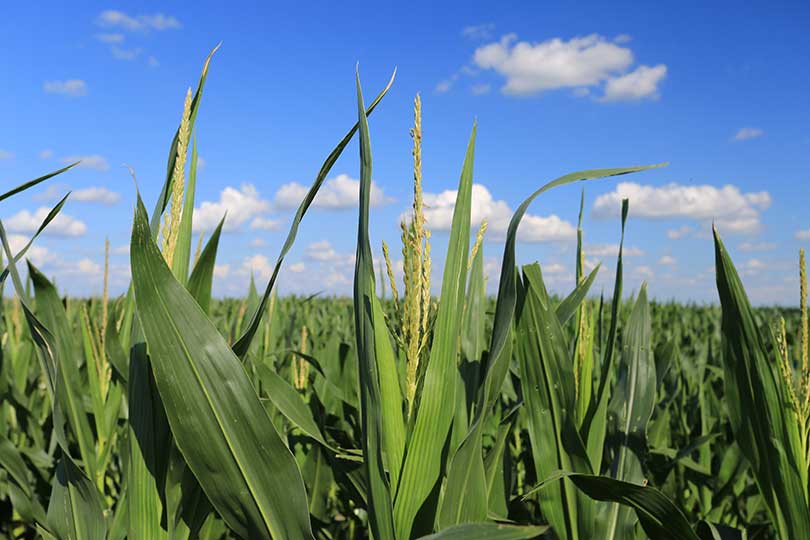Researchers are working to learn more about a corn disease that suddenly appeared in nine U.S. states this summer, including Texas, according to Progressive Farmer.
The disease, which originated in South Africa and known for now as bacterial leaf streak, has appeared in field corn, seed corn, popcorn and sweet corn. It’s been confirmed in Colorado, Iowa, Illinois, Kansas, Minnesota, Nebraska, Oklahoma, South Dakota and Texas.
The U.S. Department of Agriculture (USDA) Animal and Plant Health Inspection Service (APHIS) says, “This plant disease presents no health risks to people or animals, and there is no evidence of adverse impact on corn yield or quality from this plant disease.”
The disease may be difficult for farmers to identify because the symptoms are similar to other common fungal corn diseases, particularly gray leaf spot, University of Nebraska plant pathologist Tamra Jackson-Ziems noted in an article on the disease.
“Gray leaf spot lesions may more commonly have straight, smooth margins, in contrast to those of this bacterial disease that often have wavy leaf margins,” Jackson-Ziems wrote. “It is possible to have this and other diseases, like gray leaf spot, on the same sample, further complicating diagnosis.”
Symptoms of the disease include lesions within leaf veins that are long and narrow with wavy borders. They can be tan, brown or orange and tend to start on lower leaves of the plant before moving upward in the canopy, according to Progressive Farmer.
Farmers are urged to send any suspected cases of the corn disease to a plant diagnostic lab to be tested.
Researchers don’t have many management recommendations to offer farmers because of the limited information available on the disease’s development and transmission.
“Like other bacterial diseases such as Goss’s blight, no effective chemical controls currently exist,” plant pathologists wrote in a Colorado State article. “Until more research has been conducted to determine the most effective management strategies for this disease, corn producers are advised to use standard management practices for bacterial disease.”
The Colorado State article suggests crop rotation or tillage to reduce the survival of the bacteria in between seasons.
“While both of these strategies may reduce the amount of the pathogen present, neither will eradicate the bacteria and eliminate the risk of disease,” the Colorado State plant pathologists concluded.

